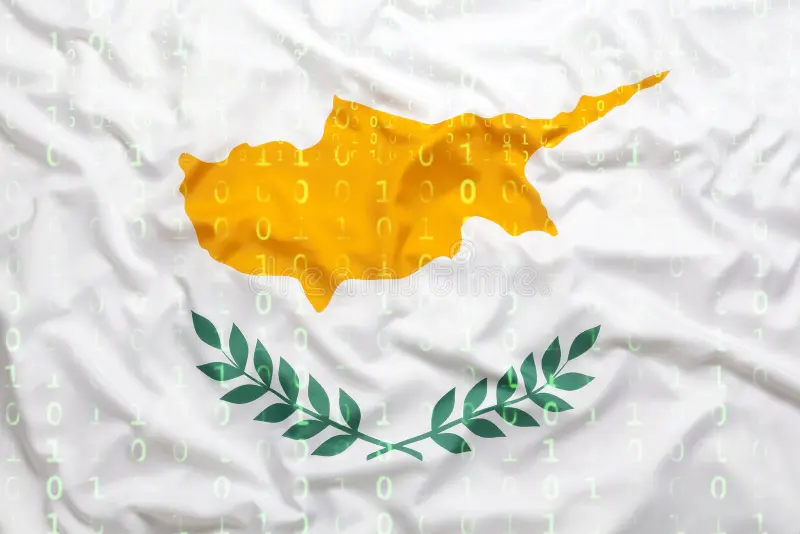In October 2024, Cyprus found itself in the crosshairs of a series of coordinated cyberattacks that targeted critical parts of its infrastructure. These weren’t random hits; they were part of a larger, calculated effort by a group calling itself “LulzSec Muslims” to exploit vulnerabilities in the country’s most essential services. Each attack highlighted how connected and exposed modern digital infrastructure can be, from financial systems to energy and communication networks.
This wasn’t just an attack on individual organisations; it was a stark demonstration of how easy it is for cybercriminals to disrupt everyday life when the right defences aren’t in place. By looking into the mechanics of these attacks and their potential ripple effects, we can understand the vulnerabilities that exist and the need for proactive, adaptive defences to protect against future threats.
The attacks: what happened?
The attacks targeted institutions essential to the functioning of Cypriot society. The Bank of Cyprus, Hermes Airports (managing Larnaca and Paphos airports), the Cyprus Electricity Authority, telecommunications provider Cyta, and the government’s main online portal (gov.cy) were all impacted. These targets weren’t chosen randomly; they each play a critical role in keeping the country running, from finance and travel to energy and communication, which shows just how connected everything is today.
The attackers used a Distributed Denial-of-Service (DDoS) attack, which basically means they tried to overwhelm these services by flooding their servers with way too much traffic. Although the disruptions were limited because of effective defences, the attacks still highlighted how vulnerable these interconnected systems can be and how easily they can be exploited if the right defences aren’t in place.
Breaking down the attack: how DDoS works
DDoS attacks are designed to be disruptive. The goal is to make a target server or service unusable by bombarding it with more requests than it can handle. To do this, attackers often use a botnet, a network of hijacked devices like computers, IoT gadgets, and servers. These devices, infected through malware or weak security, are controlled remotely by attackers to send huge amounts of traffic to the target all at once.
In Cyprus, the attackers likely used several different DDoS techniques to make their attacks harder to detect and more effective. One method is called a SYN flood, which takes advantage of how computers connect to each other. Attackers send a lot of connection requests (SYN packets) but never complete the connection, tying up the server’s resources so that legitimate users can’t get through.

Another method is UDP amplification, which uses poorly configured servers to turn small requests into huge responses. The attackers send tiny queries, and the servers amplify these into much bigger bursts of data aimed at the target, overwhelming it. There’s also HTTP flooding, where the attack mimics real web users by sending tons of HTTP requests, making it difficult for security systems to differentiate between legitimate and fake traffic. The attacks on Cyprus likely employed a combination of these methods, carefully chosen to bypass standard defences and create maximum disruption.
The potential fallout
Although these attacks were effectively mitigated, the potential impact of a prolonged and successful DDoS campaign cannot be underestimated. Critical services were targeted, and even minor disruptions could have had cascading effects. An extended outage at the Bank of Cyprus could disrupt financial transactions, delaying payments for businesses and individuals and gradually reducing public trust in banking institutions. Hermes Airports, a central hub for tourism and logistics in Cyprus, could face flight cancellations, scheduling chaos, and substantial financial and reputational damages.
Similarly, the Cyprus Electricity Authority and Cyta, which are vital for power and communication, faced severe risks. Any prolonged interruption to these services could halt emergency communications, disrupt daily activities, and even pose significant public safety risks. These scenarios illustrate modern societies’ reliance on digital systems and emphasize that even brief disruptions can lead to huge consequences.


Defence mechanisms in action
Cyprus’s response to the cyberattacks wasn’t about throwing random technical measures at the problem; it was about using coordinated defences to manage and mitigate the threat effectively. The first step was filtering incoming traffic, which acted as a frontline barrier. Think of it like a security checkpoint where suspicious packets are blocked at the door, preventing potentially harmful data from reaching deeper into the system.
Next, rate limiting came into play, controlling how many requests could be processed at once. This approach ensured that even if some malicious requests got through the initial filtering, they wouldn’t flood the system immediately. Load balancing played an equally crucial role, distributing the incoming traffic across multiple servers to prevent any single server from being overloaded. This meant that the load was shared even if the system was under pressure, reducing the risk of failure. Real-time monitoring tied everything together and allowed for early threat detection, enabling action before the attackers could gain a significant foothold.
Cyprus cyberattacks
Beyond the immediate response, the incident demonstrated why being proactive is vital. Regular penetration testing was used to simulate possible attack scenarios and find weak points before real attackers could exploit them. AI-powered anomaly detection was also critical, adding another layer of defence that could recognise unusual patterns in network behaviour. And lastly, building resilience was about designing systems to continue functioning even when under attack. It wasn’t just about stopping the attack in its tracks; it was about ensuring that they could withstand the pressure and keep running even if systems were targeted. The goal here was clear: not just to prevent disruptions but to minimise their impact and maintain service continuity even in the face of attacks.
A warning for the future
The attacks in Cyprus reflect a broader trend of politically motivated groups weaponising cyberspace. DDoS attacks, while disruptive, are relatively straightforward to execute, making them an attractive tool for hackers. However, their simplicity does not mean they are harmless. When paired with other techniques like ransomware or data breaches, they could become part of a larger, more damaging campaign.
This case serves as a reminder for organisations worldwide to prioritise cybersecurity, not as a reaction to incidents but as a continuous strategy. From governments to private companies, the emphasis must shift from merely defending against attacks to building resilience, ensuring systems can adapt and recover when the inevitable happens.



